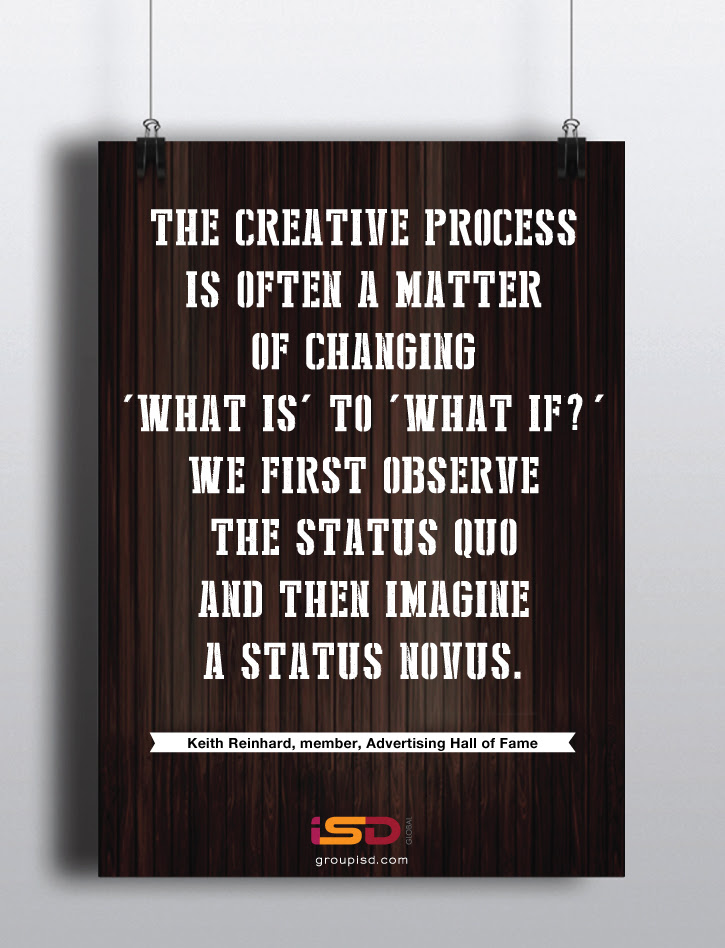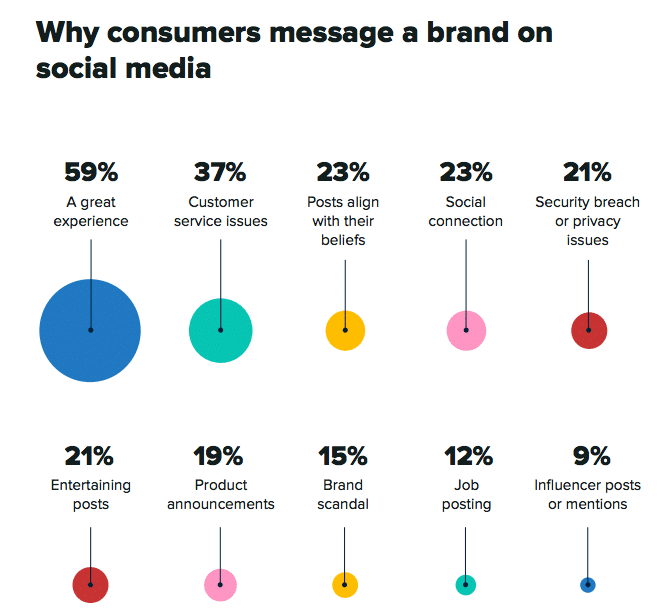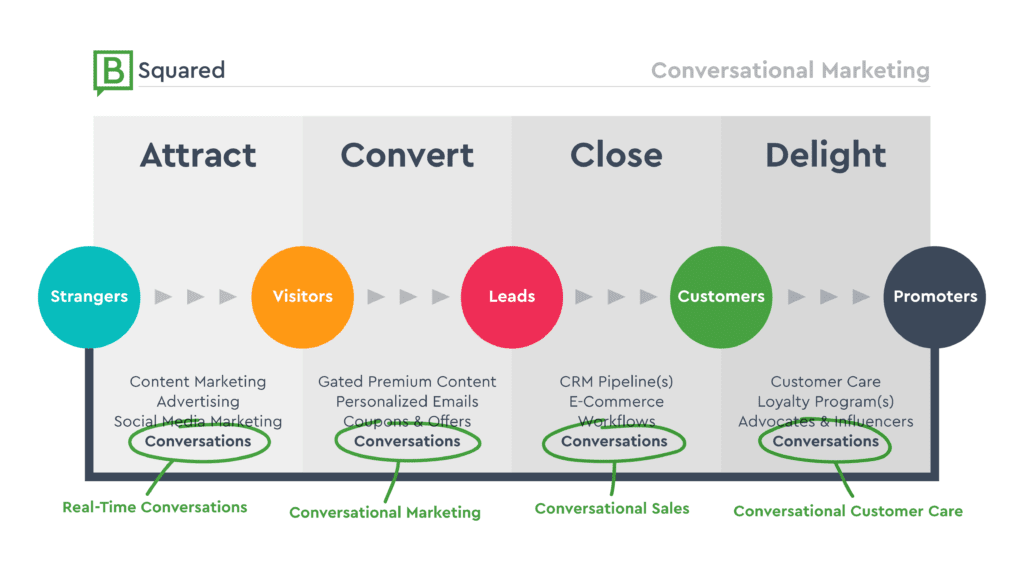Apparently, there is ” Wisdom of the Crowds “..” A Collective Bias “.
Though not sure with wisdom and bias– can the twain meet?
Since decades, marketers and politicians have been working to exaggerate cultural distress, a hack on our emotions.
Distilled, actionable insights on branding, innovation, creativity, leadership, soul enhancement, marketing, advertising and design thinking
Apparently, there is ” Wisdom of the Crowds “..” A Collective Bias “.
Though not sure with wisdom and bias– can the twain meet?
Since decades, marketers and politicians have been working to exaggerate cultural distress, a hack on our emotions.
Did you know? The future apparently is already here, albeit a tad unevenly distributed.
Perhaps a lot of us get caught out like a deer in the headlights because the future arrives slowly and then all of a sudden.
That said, I can understand the obsession behind predicting the future. But why are predictions popular? Because they appeal to human nature. They create a sense of certainty in an uncertain world.
But they are wrong far more often than we assume.
Nobel Prize winner in Economic Sciences(circa 2008) Paul Krugman famously wrote in 1998 ” The growth of the Internet will slow drastically, Most people have nothing to say to each other! By 2005 or so, it will become clear that the Internet’s impact on the economy has been no greater than the fax machine’s.”
That one may have slightly missed the mark 😀. Well, well, the best of them can’t get the future right, so what are we crowing about? The problem isn’t just with experts. No one is great at predicting the future. Much of life can’t be forecasted, diagrammed, or reduced to a PowerPoint deck. When the future doesn’t match our expectations, our projections get thrown out (or worse, they’re still followed).
How about changing the narrative from predicting the future to ‘ creating the future ‘? Now we could be talking! And one of the strongest arsenal that you have in your armory in creating the future is ‘ creativity ‘.
Creativity is human.
It’s global.
Creativity is technology-agnostic.
It doesn’t discriminate.
From people working on the bleeding edge of their fields..
To others bringing more humanity to technology and industry..
The call to action is for creatives to take control of our tomorrow.
In it, we’ll seek to recapture the feeling of optimism, not fear, for the future. Because in the hands of creatives, the future is bright.
The creative process is often a matter of changing ‘ What is ‘ to ‘ What if ?’. We first observe the ‘ Status Quo ‘ and then imagine a ‘ Status Novus ‘- Keith Reinhard, Member, Advertising Hall of Fame.

Every time you have an idea pop into your head and don’t muster the self-confidence to act on it seriously, think about the opportunity cost you are likely to pay.
In the balance sheet of creators versus consumers, the world rewards creators by an overwhelming majority. You will get far more from writing 100 blog posts than reading 100.(BTW, all good writing begins with terrible first efforts).
Consumption is deceptive because it makes you feel that you are productive when you are not. Artistic progress is the result of creation NOT consumption.
The myth going around is that creativity and productivity are mutually exclusive. But they are NOT.
So let’s create more than we can consume.
Creativity is an infinite game. You can’t use up creativity. The more you use the more you have.
To survive, to avert what we have termed future shock (Alvin Toffler), the individual must become infinitely more adaptable and capable than ever before. We must search out totally new ways to anchor ourselves, for all the old roots – religion, nation, community, family, or profession – are now shaking under the hurricane impact of the accelerative thrust. It is no longer resources that limit decisions, it is the decision that makes the resources.
ENDS
125 years is a long amount of time. The AIDA model was developed by the American businessman, E. St. Elmo Lewis, in 1898. The original purpose was to optimise sales calls, specifically the interaction between seller and buyer concerning the product.
Just to expand on the acronym(and the obvious):


– More than half of consumers (55 percent) have intended to conduct a business transaction or make a purchase, but decided not to because of a poor service experience- American Express
-89 percent of consumers have stopped doing business with a company after experiencing poor customer service- RightNow Customer Experience Satisfaction Report
-50 percent of consumers give a brand only one week to respond to a question before they stop doing business with them. – RightNow Customer Experience Satisfaction Report
A contrarian view as I hang up:
The truth is of course is that there is no journey. We are arriving and departing all at the same time: David Bowie
ENDS
https:www.groupisd.com/story
https:www.brandknewmag.com
https:www.brandknew.groupisd.com
https:www.weeklileaks.com